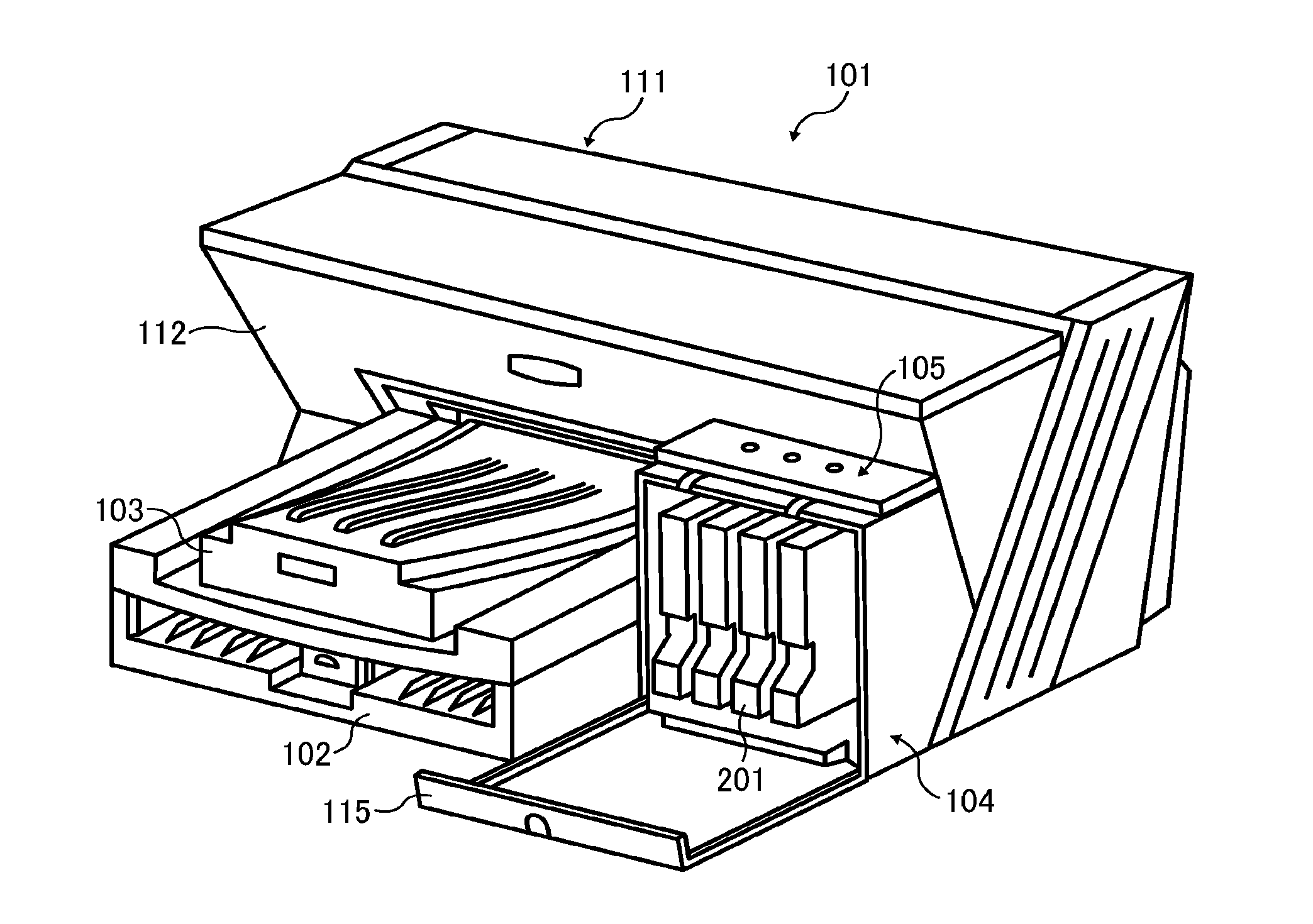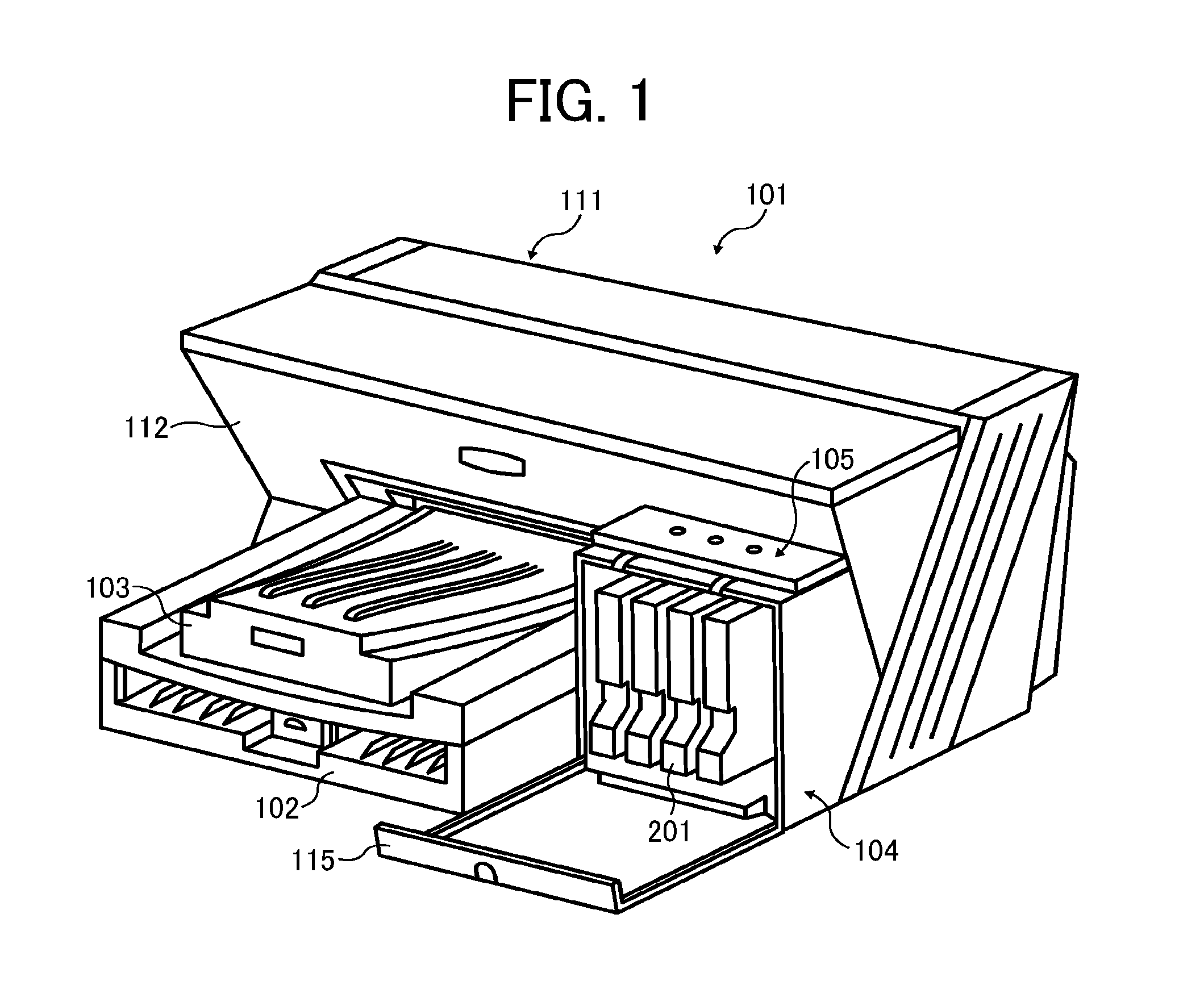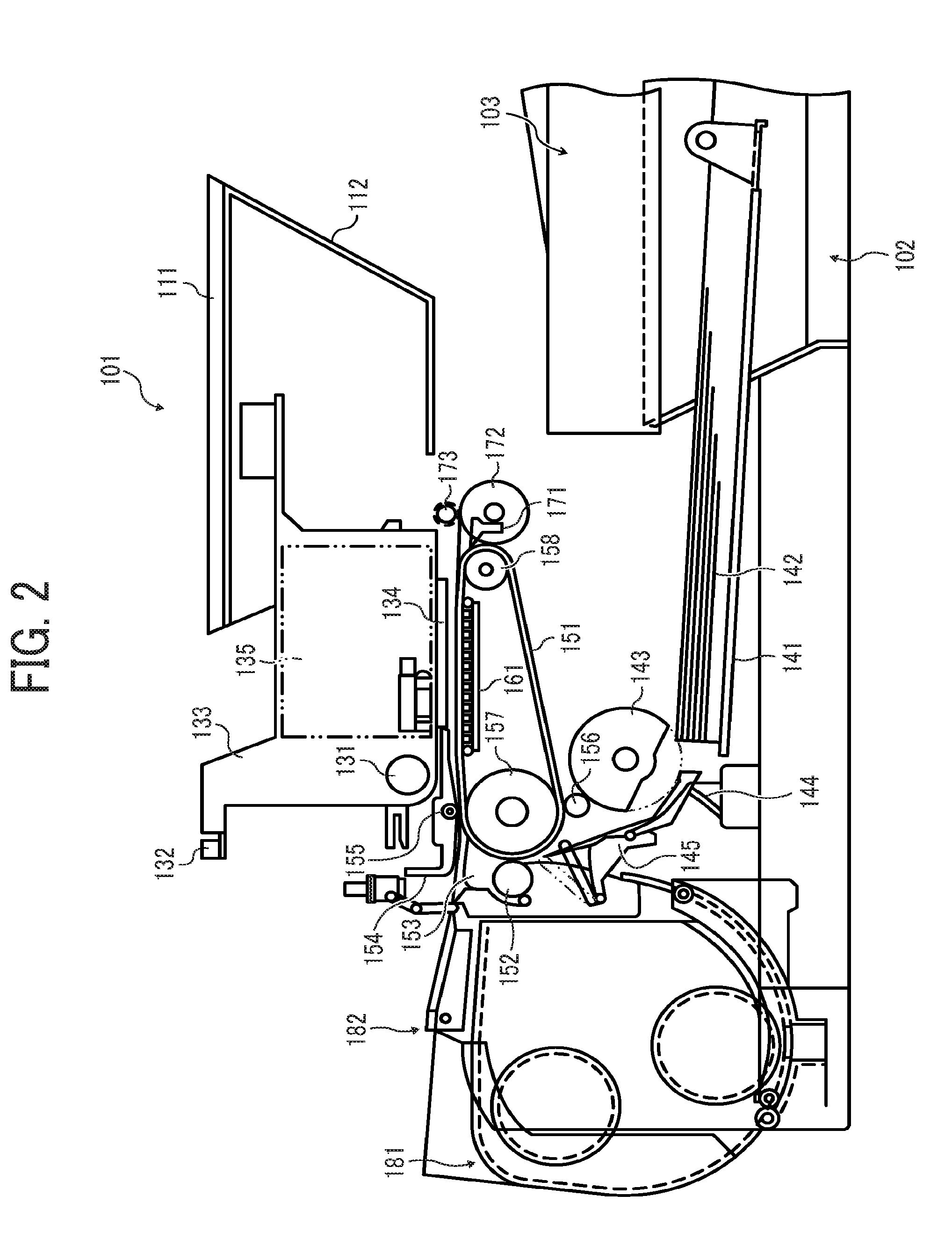Inkjet ink, inkjet recording method using the inkjet ink, and print formed by the inkjet ink
- Summary
- Abstract
- Description
- Claims
- Application Information
AI Technical Summary
Benefits of technology
Problems solved by technology
Method used
Image
Examples
preparation examples 1-9
Resin Emulsion Preparation Examples 1-9
(1) Preparation of Polycarbonate Urethane Resin Emulsion 1
[0170]The following compounds were fed into a reaction vessel, which is equipped with an agitator, a reflux condenser, and a thermometer, under a nitrogen gas flow.
Polycarbonatediol1,500g(Reaction product of 1,6-hexanediol and dimethylcarbonate having a number averagemolecular weight (Mn) of 1,200)2,2-Dimethylolpropionic acid (DMPA)220gN-methylpyrrolidone (NMP)1,347g
[0171]The mixture was heated to 60° C. to dissolve DMPA therein.
[0172]Next, 1,445 g (5.5 moles) of 4,4′-dicyclohexylmethane diisocyanate and 2.6 g of dibutyltin dilaurate serving as a catalyst were added thereto, and the mixture was heated to 90° C. to perform a urethane reaction for 5 hours. Thus, a urethane prepolymer having an isocyanate group at the end thereof was prepared. After the reaction product was cooled to 80° C., 149 g of triethylamine was added thereto, and 4,340 g of the mixture was mixed with 5,400 g of water...
examples
[0222]According to the formulae described in Tables 1 to 4 below, a non-white pigment dispersion liquid, a resin emulsion, a surfactant, 1,2-propanediol, diethylene glycol-n-butyl ether, an antiseptic (PROXEL LV from Avecia Ltd.), and highly pure water were mixed while agitated.
[0223]The mixture was filtered using a polypropylene filter having openings of 0.2 μm to prepare non-white inks to be used as the first or second ink in Examples and Comparative Examples.
[0224]The surfactant described in Tables 1 to 4 and used for the non-white inks is a nonionic surfactant, SOFTANOL EP-5035 (higher alcohol ethoxylate) from Nippon Shokubai Co., Ltd.
[0225]In addition, in Tables 1 to 4, (K), (C), (M) and (Y) represents the black, cyan, magenta and yellow pigment dispersion liquids, respectively.
[0226]Numbers in Tables 1-4 represent weight ratios in parts.
TABLE 1Formula of first inkEx. 1Ex. 2Ex. 3Ex. 4Ex. 5Ex. 6Ex. 7Ex. 8Ex. 9Ex. 10Titanium oxide20202020202020202020dispersion liquidDispersion li...
PUM
| Property | Measurement | Unit |
|---|---|---|
| Temperature | aaaaa | aaaaa |
| Temperature | aaaaa | aaaaa |
| Temperature | aaaaa | aaaaa |
Abstract
Description
Claims
Application Information
 Login to View More
Login to View More - R&D Engineer
- R&D Manager
- IP Professional
- Industry Leading Data Capabilities
- Powerful AI technology
- Patent DNA Extraction
Browse by: Latest US Patents, China's latest patents, Technical Efficacy Thesaurus, Application Domain, Technology Topic, Popular Technical Reports.
© 2024 PatSnap. All rights reserved.Legal|Privacy policy|Modern Slavery Act Transparency Statement|Sitemap|About US| Contact US: help@patsnap.com










